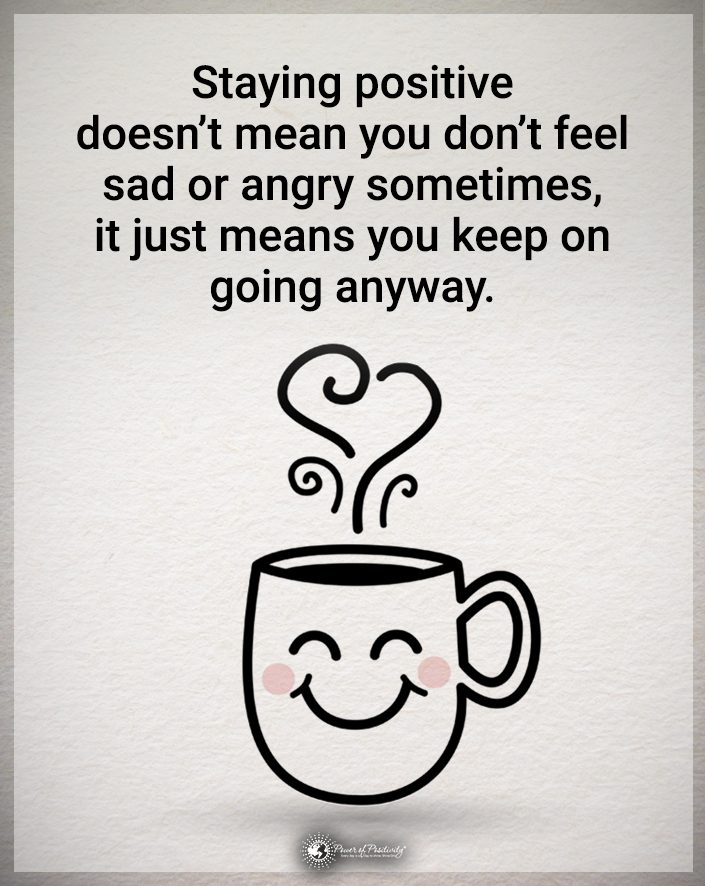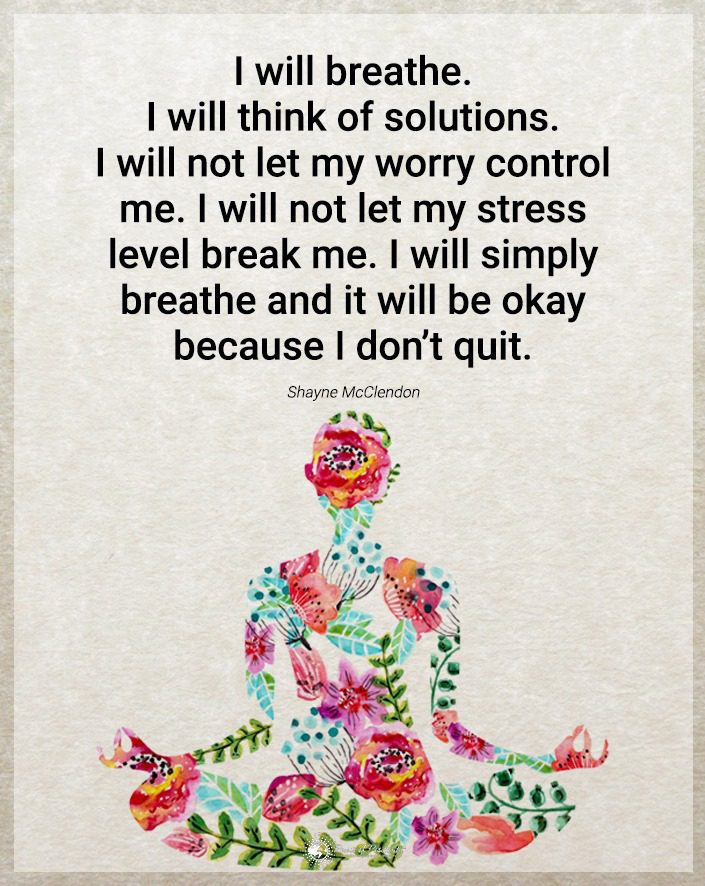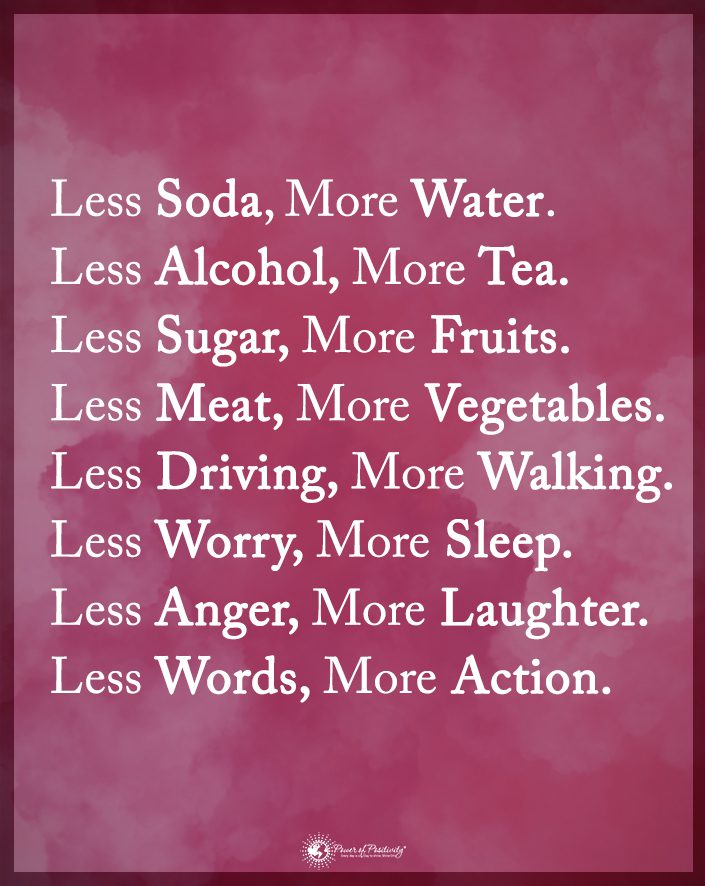If you struggle with anxiety, you probably have heard of various therapies you can use. Some of them work, while others are an utter disaster. You might try thought replacement therapy if you still seek ways to deal with your anxiety.
Anxiety is something many people struggle with. For some, it’s such a big issue that it takes over their life. If that’s you, you’re probably always panicked and always overthinking. Anxiety, in its worst form, can hinder your every move. You probably can’t even go grocery shopping without stressing about every little detail. Anxiety is still a menace to deal with, even in mild conditions.
It still affects people and their mental and physical well-being. And the worst part is that it’s hard to keep it under control. As a result, you might find that you need to spend hours and hours in therapy. Or you could even end up needing medication.
But what if you need something else to help treat your issue? What if the conventional methods don’t work? What if you want to have a way to deal with it alone, without outside help? Well, in that case, you can use thought replacement as therapy.
How Does Anxiety Manifest?

Before getting into how thought replacement can help, you must understand anxiety. If you already have this diagnosis, you already know how it manifests. Other people have not sought help and don’t have a diagnosis for their issues. That doesn’t mean they aren’t dealing with some form of anxiety. And you might be one of those people.
You need to know that anxiety is an umbrella term. It can refer to anxiety disorders or the general feeling of panic and uneasiness. Colloquially, people use the term anxiety when they are scared or apprehensive about something. That use of the term is still valid. It’s even normal to feel some anxiety from time to time. But, from a medical standpoint, anxiety is a mental health condition.
Generalized anxiety disorder, social anxiety, separation anxiety, and phobias are a few examples of anxiety disorders. You need a medical diagnosis if you suffer from one of these disorders. That way, you can get help from a therapist. If you suffer from a severe form, you might even need medication. But how can you tell if your anxiety levels are too high? After all, some anxiety is normal. Well, there are some symptoms you need to watch out for.
Some of the most common symptoms are restlessness, nervousness, and tiredness. But, of course, these are feelings many people experience to different degrees. If you have anxiety, you will often deal with these issues. You will be abnormally tired and restless, to the point where it interferes with your life. Besides that, you are likely experiencing a constant sense of impending danger. It’s the kind of panic that you can’t ever shake off. It lingers even if there’s nothing to worry about.
That’s because anxiety is not something that manifests logically. This irrational worry is what’s so bad about it. It makes you feel your life is uncontrollable. It makes you overthink to the point where you can’t focus on other tasks. But the symptoms don’t just manifest on a psychological level. They can also be physical. It’s common for anxious people to have an increased heart rate and experience hyperventilation. This response can lead to sweating, trembling, feeling weak, and having problem sleeping.
Anxious people are also easily triggered by specific situations or emotions. For example, if you suffer separation anxiety, you dread seeing someone leave. You will try to avoid that at all costs. However, you won’t even be able to be happy about them being with you because of the anxiety. Anxious thoughts will make you overthink to the point where you won’t be able to enjoy the moment.
Anxiety disorders happen because of a mix of environmental and genetic reasons. Some people have a family history of anxiety and other mental health conditions. That means they are more likely to be born with or develop it during life. Certain personality traits can also make someone prone to developing anxiety.
For example, shy and introverted people are more likely to have social anxiety. Most notably, anxiety can develop because of past traumatic events. For instance, kids raised by abusive parents will likely grow an anxiety disorder. But accidents, abusive partners, physical illness, and many other things can trigger the development of anxiety.
How to Use Thought Replacement for Anxiety

Before getting into how to use thought replacement, it’s essential to understand what thought replacement is. As you might have figured, it simply means replacing negative thoughts with positive ones. This method is a way of practicing cognitive behavioral therapy. CBT is a form of psychotherapy that aims to help people identify negative thinking patterns and change them.
This process might sound simple, but it’s not quite so. Sure, the process isn’t complicated, but it takes some time to get used to. That’s because you have to be intentional with it, thought replacement only works if you give it a real shot.
Thought Replacement Helps you Identify Your Issues.
Thought replacement is a powerful tool because it forces you to identify the root of your issues. Often, people have anxious thoughts because of the way they view themselves. For example, an anxious person will likely believe they are not enough. They could believe that everyone judges them all the time. Besides, you tend to think the worst will happen if you are anxious. For example, if you hear that your company is laying people off, you will automatically assume you’ll also lose your job.
But how is thought replacement different from trying to comfort and encourage yourself? Well, it differs because it’s an intentional process. Thought replacement works best when done methodically. Take your time to sit down daily and write down all your negative thoughts. Then, write the positive replacement in a parallel column.
You don’t have to believe those replacements. You have to write them down. What this does is that it shows you what issues you should work on more. For example, maybe the root of your anxiety is a lack of self-confidence, so you’ll have to work on that. When you think about your negative thoughts, you will inevitably uncover issues you weren’t aware of.
It Wires Your Brain to Default to Positivity
Thought replacement also helps people with anxiety rewire their brains. It enables you to default to positive thinking whenever you spiral. You can use any method you’d like to replace your thoughts if you do it intentionally. For example, the two columns method described above is excellent. But if that doesn’t work for you, you can journal, meditate, or do anything else that fits you.
When you first start replacing your thoughts, you won’t believe the replacement thoughts. If you doubt your abilities, you won’t automatically stop because you want to. But the trick is to create a routine. That’s how the brain learns new things. It needs patterns so that it can know what to default to.
If you are anxious, your default will be negative thoughts. You’ll always panic and expect the worst. But when you systematically tell your brain otherwise, it will start believing that. For example, if you tell yourself every day that you are intelligent and strong, after a while, you’ll believe that. If you keep up this routine, you’ll be able to overcome your worries in no time.
Thought Replacement Becomes a Soothing Routine
Because anxious people can get triggered easily, they must also find ways to cope. You need to self-soothe when you are spiraling or experiencing a panic attack. And thought replacement can be a powerful tool in these situations. Positive thoughts can become your mantras. They can ground you and offer you a glimmer of hope. Plus, you create a routine when you tell yourself nice things every day. It’s something familiar that feels comforting when things get out of control.
Besides that, thought replacement therapy pushes you to be more self-compassionate. It allows you to understand that you are allowed to make mistakes. So many anxious thoughts come from believing that you have to be perfect. But, when you force yourself to see the bright side of things, you’ll see the bigger picture.
You’ll understand that being flawed is normal, and you should embrace all your imperfections. It allows you to stop beating yourself up when you make mistakes. That can prevent you from spiraling. It can even prevent some panic attacks. It’s potent when it comes to day-to-day anxiety and worries. When facing those issues, make an effort to think positive thoughts. You’ll see the difference right away.

Final Thoughts on How to Use Thought Replacement for Anxiety
Anxiety is one of the worst things you’ll have to deal with in your life. It can completely overshadow every nice thing that happens to you. The positives seem unattainable when you are always scared and constantly expect the worst. If you are struggling with any form of anxiety, you must find ways to cope. Just keep in mind that, for severe conditions, you need to consult a therapist.
No matter how efficient self-help methods are, they can sometimes be insufficient. Very severe forms can only heal using therapy and going to therapy. Therefore, it doesn’t hurt to have ways to self-soothe. That’s what thought replacement is. It’s a form of psychotherapy that can help you calm down and manage your nerves. It can be beneficial in milder cases of anxiety or in dealing with normal nervousness and panic.
Making a conscious effort to replace negative thoughts with positive ones has improved emotional health. But that’s only when you create a routine. It would help if you used thought replacement techniques daily for them to be efficient. This routine will help you identify the root causes of your issues. It will also help you rewire your brain for positivity. But, most importantly, it will help you self-soothe and be more self-compassionate. If you give thought replacement a try, it will do you a lot of good.


















